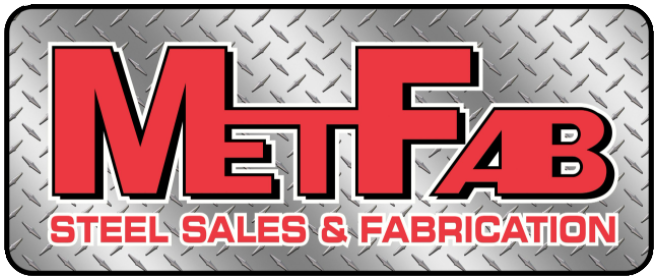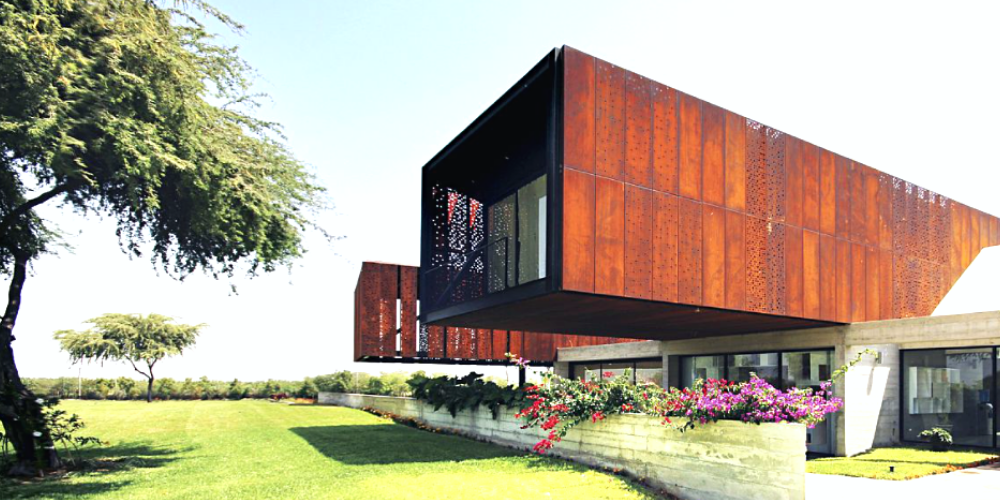Using Corten For Architectural Cladding
One of the fascinating developments in architectural materials over the last several years has been the rise in the use of weathering steel, which is more widely known by its trademark name, corten. Although weathering steel has been around for decades and was first used in an architectural context in the Eero Saarinen-designed John Deere Headquarters in 1964, the material has seen a significant increase in popularity over the last decade or so.
New does not necessarily imply better when creating an architectural masterpiece for your next cladding job. However, a unique masterpiece may be the outcome when the finest of the old is combined with cutting-edge technology. Corten, weather-resistant steel combines a future vision with a nod to the time-tested toughness of the past. Corten with an aged rustic appearance contrasts nicely with contemporary design features while maintaining structural strength and durability.
The properties of corten, especially in terms of strength and colour, have long been admired by architects. Corten refers to a kind of steel with a chemical composition that creates oxidation that preserves the item while retaining its mechanical properties. Corten steel architectural elements offer a variety of circumstances and linkages, adding aesthetic value to any architectural project in addition to the apparent structural aspect.
Corten/weathering steel is a durable material that can be customized with various cladding and finishing choices. Developed to remove the requirement for painting, this kind of steel alloy has several advantages. The prolonged exposure of steel to the elements eventually produces a rust-like coating that is constantly changing and practically maintenance-free.
Understanding cladding
Cladding is the process of applying one material over another to produce an exterior shell or layer for a building or structure. It protects the house from the elements and, in many cases, enhances the design’s overall appearance. Cladding provides an additional layer of insulation in some instances.
Corten is appropriate for use as an exterior layer of a house and as an interior layer. In recent years, corten has been utilized to fabricate distinctive steel tree columns that support a first storey that is cantilevered.
Continue reading to see what makes corten unique and ideal for your next cladding project.
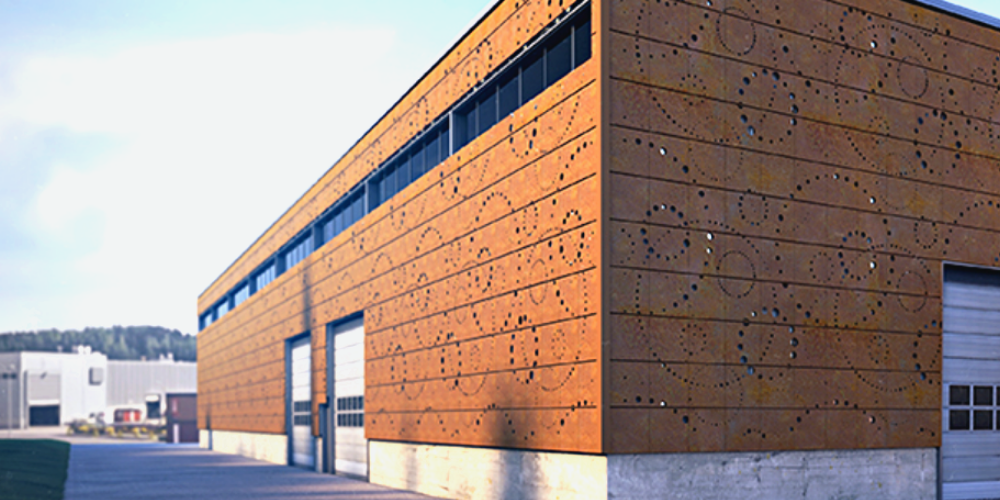
What Makes Corten Steel Weather Resistant?
Corten is a cold-rolled steel alloy that develops its protective coating when exposed to the elements. On the other hand, the galvanizing process involves adding a zinc anode to steel during the manufacturing process. Corten A steel develops a protective anti-corrosion patina over time and in response to the elements. This protective patina develops a rich reddish-brown rusty aged appearance that will set your structure apart and turn it into a profoundly gratifying distinctive masterpiece.
The colourful protective coating develops due to different alloys in the steel interacting with the weather's cyclic wet/dry activity. The resultant corrosion products protect the steel for many years.
In many situations, such as manufacturing environments exposed to exhaust gases from sulphur containing fuels or to scale at high temperatures, these anti-corrosion characteristics outperform conventional steel.
What Distinguishes Corten From Other Metals?
Corten steel has the unique ability to alter over time. The steel will take on its unique rustic look after 18-36 months. The patina colour will deepen with time, while the structural integrity will be intact. Although some colour variance is to be anticipated, this contributes to the eye-catching attractiveness.
Whether you want your project to fit in with the surroundings or stand out with iconoclastic proximity of rustic steel and glass or wood, corten promises to provide a visual feast of colour. With its rich red, brown, and orange colouration and patterns that vary as the light changes throughout the day, corten is a natural piece of art. When night strikes, corten comes to life again as the ideal setting for artificial lighting displays. Corten will continue to draw attention and amaze regardless of the weather or time of day.
People will speak about your structure for years to come because of a brilliant mix of an old rustic look, beautiful natural colourings, excellent strength-to-weight characteristics, and corrosion resistance. Corten, weather-resistant steel, combines historical features of hardwearing robust durability and old-world aesthetic appeal with a fantastic vision of modernism and a sustainable future.
Why Is Corten Cladding A Good Idea?
Corten steel, developed in 1933, has been used to construct some of the most incredible structures in the contemporary world. Corten steel has a rusty, orange-brown look. Corten steel is widely employed in the construction of buildings, bridges, and walls, but it has also grown increasingly popular in the garden in recent years.
Corten steel is a metal alloy made up of iron, copper, phosphorus, silicon, nickel, and chromium. The top layer of the alloy rusts, preventing oxygen from entering into its inner layers. Corten steel is ten times more resistant to the sun, frost, and ice than steel, enabling it to last ten times longer. It also doesn't need any extra maintenance, making it such a good idea for cladding.
Its one-of-a-kind characteristic is that conjoined joints will bond through surface rust, allowing for various design styles. Sculptors love steel because of its ability to produce distinctive new forms. Even basic structures may benefit from corten's fusing quality.
Within a year or two, a structure made of corten steel would become one solid piece from top to bottom, ceiling to floor, making it robust. Corten Architectural Cladding is super popular in Australia these days, it’s used a popular cladding material on many high end properties.
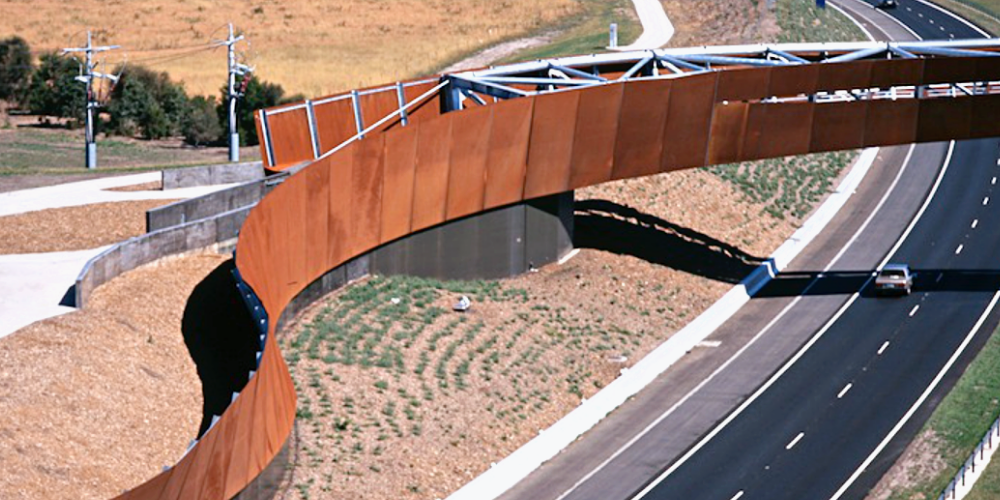
Where Can Corten Be Used?
Simply put, corten steel is a kind of steel. It's a high-strength, low-alloy structural steel designed to withstand abrasion and corrosion.
Corrosion resistance and tensile strength are the two main characteristics that prompted the brand name. Corten steel is known as weathering steel because of the protective coating of rust that weathers and protects the material. It is made by combining a specific mixture of steel and alloying metals. This protective rust ‘patina' on the surface keeps the metal from corroding further.
Corten weather-resistant steel can be used for several projects, including roofing, cladding for the walls and structural beams and supports.
Corten cladding and roofing materials are ideal for any project that requires a dramatic visual statement because of their colour, texture, and weather resistance. Because of its core strength and wide range of uses, corten is excellent for:
1. Structural steel for bridges,
2. Roofing and cladding for warehouses in the industrial sector
3. Contemporary architectural projects
4. Decorative panels for commercial buildings
5. Sheds and shops in the countryside
6. For architecturally designed buildings, wall covering or roofing
Corten steel panels are used in various applications, from vineyards to office buildings, sheds, mansions, and vacation houses.
Why Should You Choose Corten As A Cladding Material?
Corten sheet facade cladding is very adaptable, and it may be used on any kind of structure with any geometrical layout. A common use for this material is as a modular piece for cladding an exterior façade, where its oxidizing finish is constantly changing. In addition to the previously stated qualities of being self-protective against poor weather, this material is especially appealing to many designers. Corten steel cladding is one of the favorite metals for a variety of reasons.
Oxidation, Protection And Aesthetic Quality
A typical oxidation process occurs when corten steel is exposed to the elements, resulting in the development of an outer coating that, with time, transforms into protective rust that precisely adheres to the base metal, rendering it impervious to the progression of corrosion. The beautiful paradox of weather-resistant steel is that the same thing that protects it against rust is that which protects it from rust. Aesthetically, the texture, patina, and rusting process give corten a deep burnt orange hue.
Colour Transformation Continues Over Time
Corten sheet metal is an attractive choice for architects, partly because of the constant transformation that rusted steel undergoes as a result of the passage of time, the quantity of sunshine received, and the age of the material. The colour of the corten coating may range from an orange-reddish finish in the early stage, about six months of installation, to a light brown to a deeper shade in the next few years, and finally to a purple-grey colour after a period of about twenty to forty years.
Sustainability - Economic And Environmental
Corten steel is a material known for its excellent durability and performance, as well as its ease of maintenance and the fact that it is fully recyclable.
The only type of maintenance needed is periodic exterior cleaning, which entails washing the surfaces and removing any polluting residues. Rain is capable of providing the required cleaning for exterior claddings, maintaining the coating durable and compact.
A retired Corten sheet cladding may be recycled efficiently and cheaply after its life cycle, preserving its characteristics.
Working Ease And Versatility
Corten has comparable workability to regular steel. Thermal or mechanical cutting techniques equivalent to structural steels of the same thickness may be employed to cut the sheets or strips. They're simple to model and may be utilized for a variety of architectural components.
Corten is reasonably fast and simple to install in panel form. It needs minimal care since it rusts to create its protective coating. One of the reasons corten is often utilized on bridges that are difficult to reach is this. In reality, the Corten sheets may be welded such that the deposited metal's tensile strength matches the compressive properties of the base metal. Whether planar, curved, or faceted, the cladding panels are worked, perforated, embossed, or printed with various motifs to produce complicated and straightforward geometries that meet the necessary functional and aesthetic criteria.
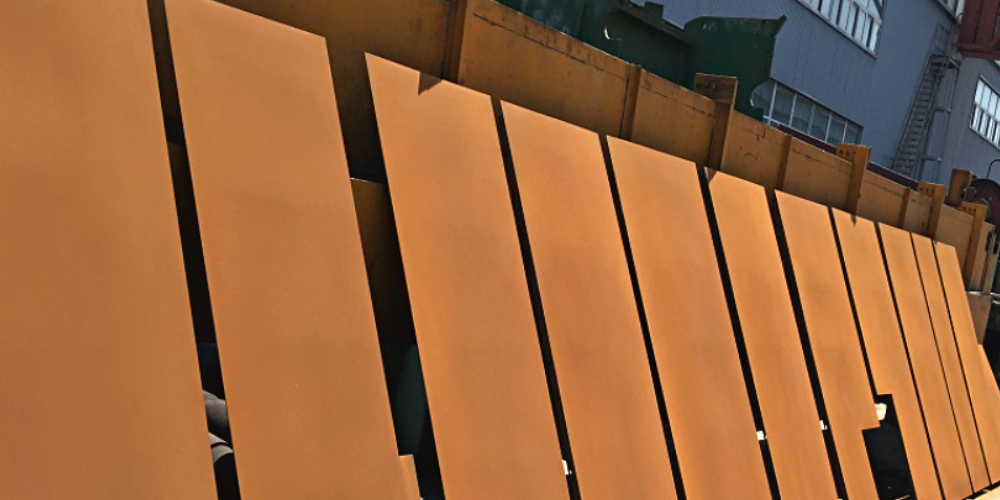
Some Cautions For Using Corten
External cladding of corten sheet metal panels necessitates research and assessment of elements critical to the project's success.
Limiting Factors In The Environment
First and foremost, because of the corrosion impacts of steel, locations influenced by sea air, heavy rains, humidity, or continuous fog are not suitable sites to utilize the corten sheet facade.
In reality, compared to what happens, say, the surface coating forms faster in rural regions and is deeper in colour in industrial settings. Because of the sodium chloride exposure, the development of the protective layer may be delayed in coastal resorts. However, in both instances, the coating may not cling well to the metal substrate due to the previously mentioned conditions, resulting in the absence of protective corrosion characteristics that distinguish corten steel.
Colour Variation That Is Not Even
It is worth noting that the homogeneity with which corten changes colour over time cannot be guaranteed. This may be an issue since, in the event that a façade panel has to be replaced, finding a corten colour that matches could be difficult.
Importance Of Keeping Surfaces Clean At All Times
Regardless of the installation location, the material must be maintained clean and free of dirt, grease, oil, paint, cement, mortar, and other things to avoid contact with agents that may interfere with the natural oxidation process.
Compatibility With Other Metals Is Poor
Corten steel used as cladding is usually often placed on a foundation or, in any case, via a metal track system. Joining metals of various natures may be dangerous: galvanic corrosion can occur when two metals with differing electrolytic potential come into contact in the presence of water.
The use of waterproof fasteners is advised. If this is not feasible, nylon spacers placed between the metal types should be used to prevent direct contact between the materials.
Control Of Water And The Environment
Proper design and control of rainwater outflow are required to protect the material’s finish. Rainwater must be able to flow out of all joints and profiles without becoming stagnant. In fact, it's critical to maintain the material well-drained and even away from a pile of damp leaves. The oxidation process caused by atmospheric factors may cause rust-contaminated water to drop onto nearby surfaces, permanently staining them, or, even worse, pollute the surrounding aquatic ecosystem.
The Concluding Thought
Corten cladding has obvious aesthetic benefits, such as its durability, resistance, and protection. Using corten in cladding has the added benefit of reducing environmental impact by eliminating the need for surface treatments during the manufacturing and installation stages and maintenance and disposal costs.

